i3S is home to the Best Doctoral Thesis
Researchers Sofia Moreira and Rita Costa won, respectively, the Best Doctoral Thesis and Honorable Mention awards given by the Portuguese Society for Developmental Biology (SPBD) to theses defended in the 2018/2019 biennium. The works were developed at i3S, in the Epithelial Polarity & Cell Division and Nerve Regeneration groups.
Named “The phosphoregulation of Lgl tumor suppressor protein during the cell cycle in Drosophila”, the thesis defended by Sofia Moreira had as its central objective “to understand how epithelial cells coordinate the exit of mitosis (the division of a cell into two daughter cells) with the basolateral location of Lethal giant larvae (Lgl), a protein that is essential to define the shape and architecture of the epithelial cell. This coordination is essential for maintaining the integrity and homeostasis of epithelial tissues”.
This doctoral work was published in the journal Cell Reports and “unveiled the first phosphatase capable of dephosphorylating Lgl to control its location and function in epithelial tissues”. “This research has contributed to a better understanding of basic developmental processes and underlying diseases associated with loss of epithelial polarity and architecture, such as carcinomas”, she explains. But the biggest reward “was being able to honor my supervisor, Eurico Morais de Sá, with this distinction, which essentially reflects the success of exemplary guidance and intense teamwork”.
Since defending the thesis in September 2019, Sofia Moreira had the opportunity to publish in the journal Development an article corresponding to the last part of her work, the result of a collaboration with researcher Guilherme Ventura. Sofia Moreira is now at the Gulbenkian Institute of Science with a CEEC contract for junior researchers awarded by the FCT.
The thesis defended by Rita Costa was supervised by the leader of the Nerve Regeneration group, Mónica Sousa, and focused on the “identification of therapies that promote neurological recovery after spinal cord injuries or traumas, namely regeneration axon (extension of the neuron that establishes a connection to a target cell) and spinal cord repair”.
“Using models with different regenerative capacities, our group identified the protein Profilina-1 as one of the main participants in the cellular mechanisms that drive axon growth and regeneration. The objective was to test in vitro the effectiveness of a modified version of Profilina-1, a constitutively active version of the protein, as a strategy for regeneration after injury”. During the development of this thesis, explains the researcher, “we demonstrated that Profilina-1 effectively promotes axonal growth with robust and surprising effects. No other molecule, when present in high amounts inside the neuron, has been shown to produce an effect similar to Profilin-1”.
In this thesis, adds the researcher, “we present in vivo evidence that the administration of the modified protein in animal models, through the use of non-pathogenic viral vehicles already used in the clinic, promotes the regeneration of the injured axons. In injured sciatic nerves, this protein leads to the maturation of neuromuscular junctions and functional recovery. In animals with spinal cord injury, there is an increase in the capacity of the axons of the central nervous system to penetrate the scar that forms in the spinal cord after injury”.
At the moment the team, which includes Rita Costa, is evaluating the therapeutic potential of delivering Profilina-1 using models closer to the clinic. She explains “our results show that animals treated with intravenous administration of Profilina-1 recover after injury to the central nervous system”. Given the relevance of the results obtained, says Rita Costa, “we started to explore the possibility of translating this therapy to the clinic as part of a Caixa Impulse project”.

